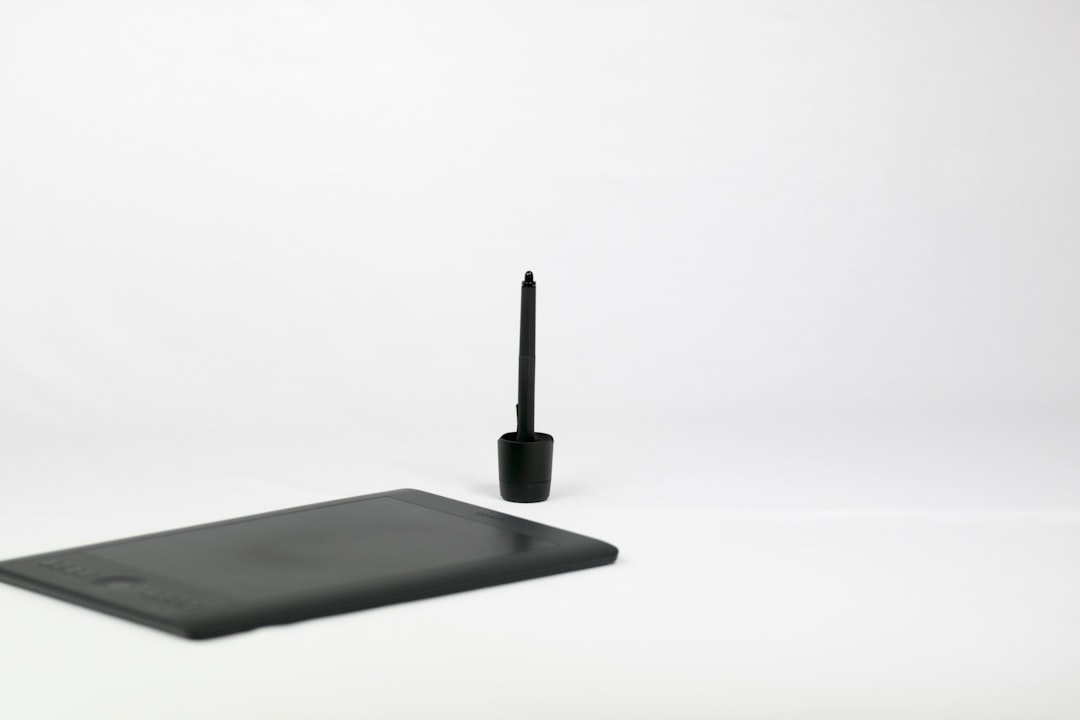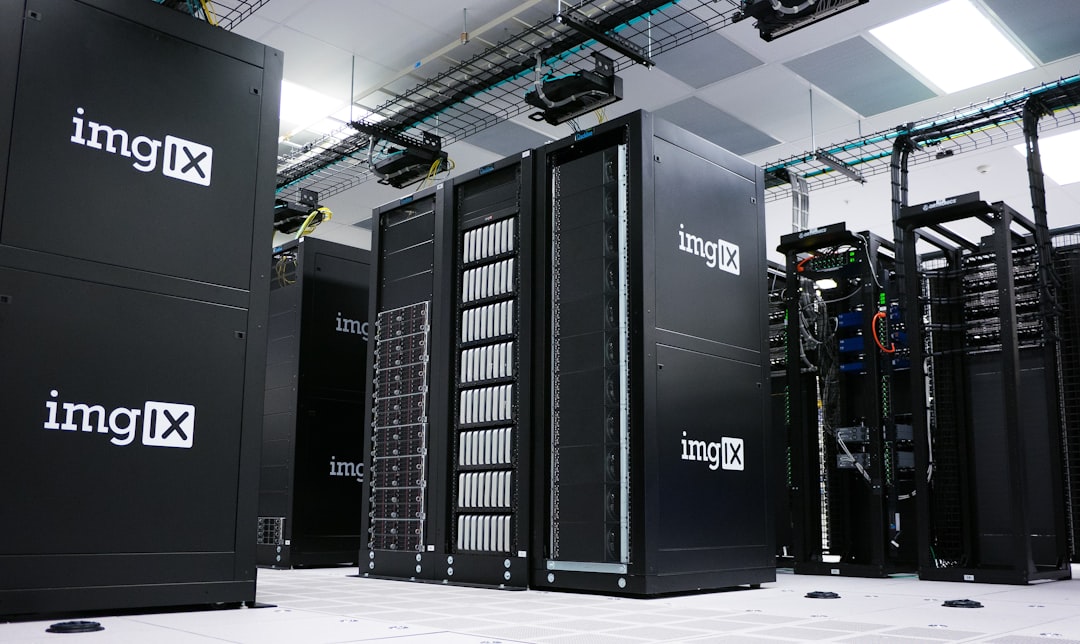Streaming has become an essential part of modern digital communication, powering everything from live sports and concerts to webinars and corporate events. Whether you’re an aspiring content creator or a business seeking to broadcast live events, understanding the technical requirements for stream hosting is crucial to ensure a smooth and professional broadcast. This article provides a detailed breakdown of the key components you need to set up a reliable streaming infrastructure.
1. Internet Connection
Table of Contents
The most fundamental requirement for any stream hosting setup is a high-speed, stable internet connection. The quality and resolution of the stream heavily depend on your upload speed. For instance, streaming in HD (720p) typically requires at least 3–5 Mbps upload speed, while Full HD (1080p) can need up to 10 Mbps. If you’re considering 4K streaming, aim for 25 Mbps or higher.
- Wired over wireless: A wired Ethernet connection is preferable to Wi-Fi for stability.
- Low latency: Ensure minimal delay during transmission for better viewer interaction and synchronization.
You may want to test your connection using reputable tools to verify consistency before each streaming session.
2. Hardware Requirements
Your hardware setup plays a significant role in ensuring the quality and reliability of your stream. Depending on the scale and nature of your broadcast, here are the key hardware components:
- Capture Devices: These are crucial if you are streaming from cameras, gaming consoles, or external sources. Capture cards like Elgato or Blackmagic Design are among the industry standards.
- Camera: For professional streams, DSLR or mirrorless cameras with HDMI output offer superior image quality compared to built-in webcams.
- Streaming PC or Encoder: Your computer should have a multi-core processor (Intel i7 or AMD Ryzen 7 or better), at least 16GB RAM, and a good GPU for handling encoding tasks. Alternatively, dedicated hardware encoders can be used for efficiency.
- Microphone: Clear audio is just as important as video. Invest in a quality cardioid microphone, especially for spoken content or commentary.

3. Software and Encoding
Once your hardware is in place, you’ll need streaming software for encoding and broadcasting. The software converts your video and audio signals into a digital format suitable for live transmission via the internet.
Popular choices include:
- OBS Studio: A free and open-source software suitable for both beginners and professionals.
- vMix: A premium option offering advanced features for live production.
- Wirecast: Great for professional streaming events with multiple camera inputs.
Ensure your chosen software supports your preferred streaming platforms and codecs such as H.264 or HEVC. Bitrate settings and resolution should be adjusted according to your upload bandwidth and audience expectations.
4. Streaming Platform Integration
Next, you’ll need to select a streaming platform that will serve as the destination for your broadcast. This could be a public platform like YouTube Live, Facebook Live, or Twitch, or a private custom server built using tools such as Wowza Streaming Engine or NGINX with RTMP module.
Partners and viewers will access your stream through the platform, so its reliability, audience management features, and monetization tools (if needed) should align with your goals. Integration usually involves providing a stream URL and key from the platform into your broadcasting software.
5. Hosting Infrastructure (for Private Streams)
If you plan to host your own streaming server rather than rely on third-party platforms, you’ll need to set up a dedicated VPS or cloud server with ample resources to handle simultaneous streams and viewer connections.
Key hosting server requirements include:
- At least 4 vCPUs and 8GB RAM minimum, optimally more for higher traffic.
- High-bandwidth network with DDoS protection.
- Streaming software like Wowza, Red5, or custom RTMP setups using NGINX.

Setting up a hosting infrastructure also involves configuring firewalls, ensuring SSL security for privacy, and monitoring performance through analytic tools.
6. Redundancy and Backup Planning
For mission-critical streams, having a redundant setup is essential. This can include backup internet connections, secondary encoders, and dual streaming PCs. Cloud-based multi-stream platforms can also provide an added layer of reliability by redistributing the source stream to various endpoints simultaneously.
Conclusion
Setting up stream hosting can be a technically demanding process, but with careful planning and the right equipment, it becomes a manageable and rewarding venture. From a robust internet connection to properly configured software and server infrastructure, each element must work in harmony to deliver a seamless viewer experience. Equipping yourself with the right knowledge is the first step toward mastering the art and science of live broadcasting.

